Stress Incontinence vs. Urge Incontinence: What's the Difference?
More than 60 percent of women in the U.S. have experienced urinary incontinence, often waiting years to seek care. Learn more about the types and available treatments.

By Alexander Berger, MD, MPH, FACOG, Urogynecologist – Virtua Female Pelvic Medicine
Do you experience unexpected urine leakage when you laugh or sneeze, or feel a sudden urge to go? You're not alone. Over 60 percent of women in the United States experience urinary incontinence (involuntary urine leakage), often waiting years to seek medical care.
Many women worry that this condition may lead to more serious health issues or require invasive surgery. Others believe urinary incontinence is something they must endure in silence. But it's not something anyone should have to accept.
Our goal is to provide compassionate, comfortable care, offering women every treatment option, from conservative to surgical solutions.
Is it stress incontinence or urge incontinence?
Stress incontinence typically occurs in women in their 30s to 50s and is activity-related, often happening when you jump, laugh, sneeze, or cough.
Stress incontinence can be caused by weakened pelvic floor muscles, which make it more difficult for your urethra (the tube that carries urine from the bladder) to stop urine leakage.
Urge incontinence—the "gotta-go-right-now" feeling—is common among post-menopausal women. It can be temporary or long-term and is characterized by a sudden urge to urinate that leads to either urine leakage or the fear of urine leakage.
Urge incontinence may also accompany neurological disorders such as cerebral palsy, multiple sclerosis, or Parkinson's disease.
Urinary incontinence treatments
There's no one-size-fits-all treatment for urinary incontinence. We work with you to personalize a treatment plan that works best for you and your lifestyle.
There are many safe, effective, and minimally or noninvasive treatments available.
Stress incontinence treatment
Sling procedures—those that use synthetic mesh to properly support the urethra—are often the most effective treatments available for stress incontinence and are performed in an outpatient setting.
Other stress incontinence treatments include:
- Physical therapy
- Bladder training, or training the bladder to hold urine for extended periods
- Vaginal pessary, which lifts and supports the urethra
- Injecting material to "bulk up" the area surrounding the urethra
Urge incontinence treatment
Urge incontinence treatments may include a combination of lifestyle changes, medication, physical therapy, and surgical interventions, including:
- Pelvic floor exercises and physical therapy
- Bladder training
- Oral medications
- Botox injections into the bladder
- Percutaneous tibial nerve stimulation to improve bladder control
Sacral nerve stimulation is another effective therapy that involves implanting a "pacemaker" into the buttocks. The device delivers mild electrical pulses to stimulate the sacral nerves, enhancing bladder control and reducing urgency. This treatment is also highly effective for managing fecal incontinence.
Urinary incontinence isn't something you need to live with. It's very treatable with therapies that eliminate both discomfort and inconvenience.
Virtua experts are here with urinary incontinence treatment options
There's So Much More to Explore
Discover expert insights, inspiring stories, health tips, and more by exploring the content below!
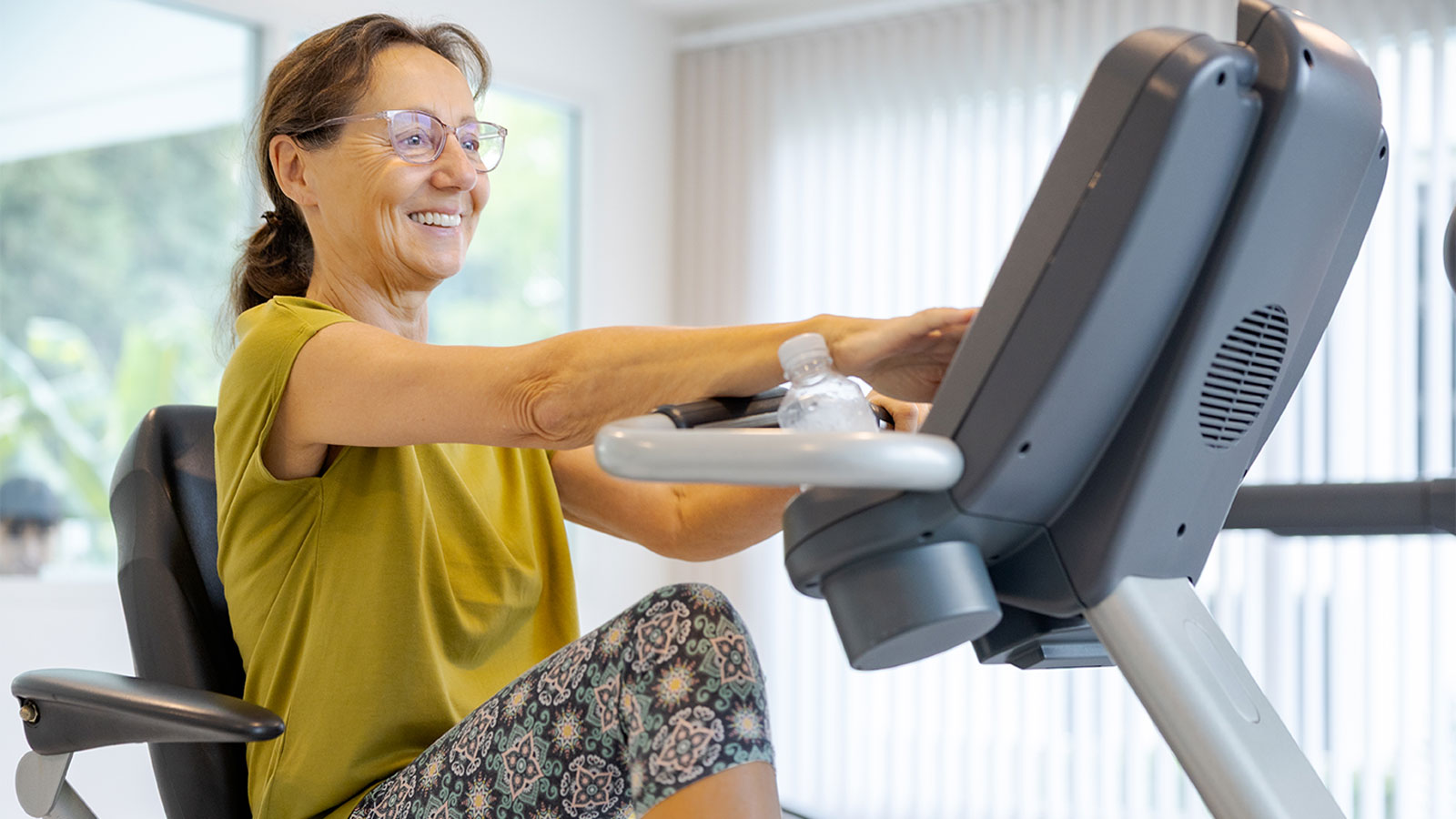
Knee Replacement Rehab: 7 Exercises to Restore Your Strength and Range of Motion

Caregiving During the Holidays: Ways to Manage Stress and Find Joy

Bioidentical Hormone Replacement Therapy Pellets: Relief for Menopause and Andropause Symptoms

Why Is Sex Painful During Pregnancy? Pelvic Congestion Syndrome Explained

COVID-19 Vaccines and Pregnancy: FAQs

COMFORTing Tips to Avoid Holiday Heartburn

How to Tell the Difference Between Cold, Flu, and COVID-19

From Exhaustion to Empowerment: Tracy's Hormone Replacement Therapy Success Story

Daily Wellness Checklist: Simple Habits for Feeling Good Inside and Out
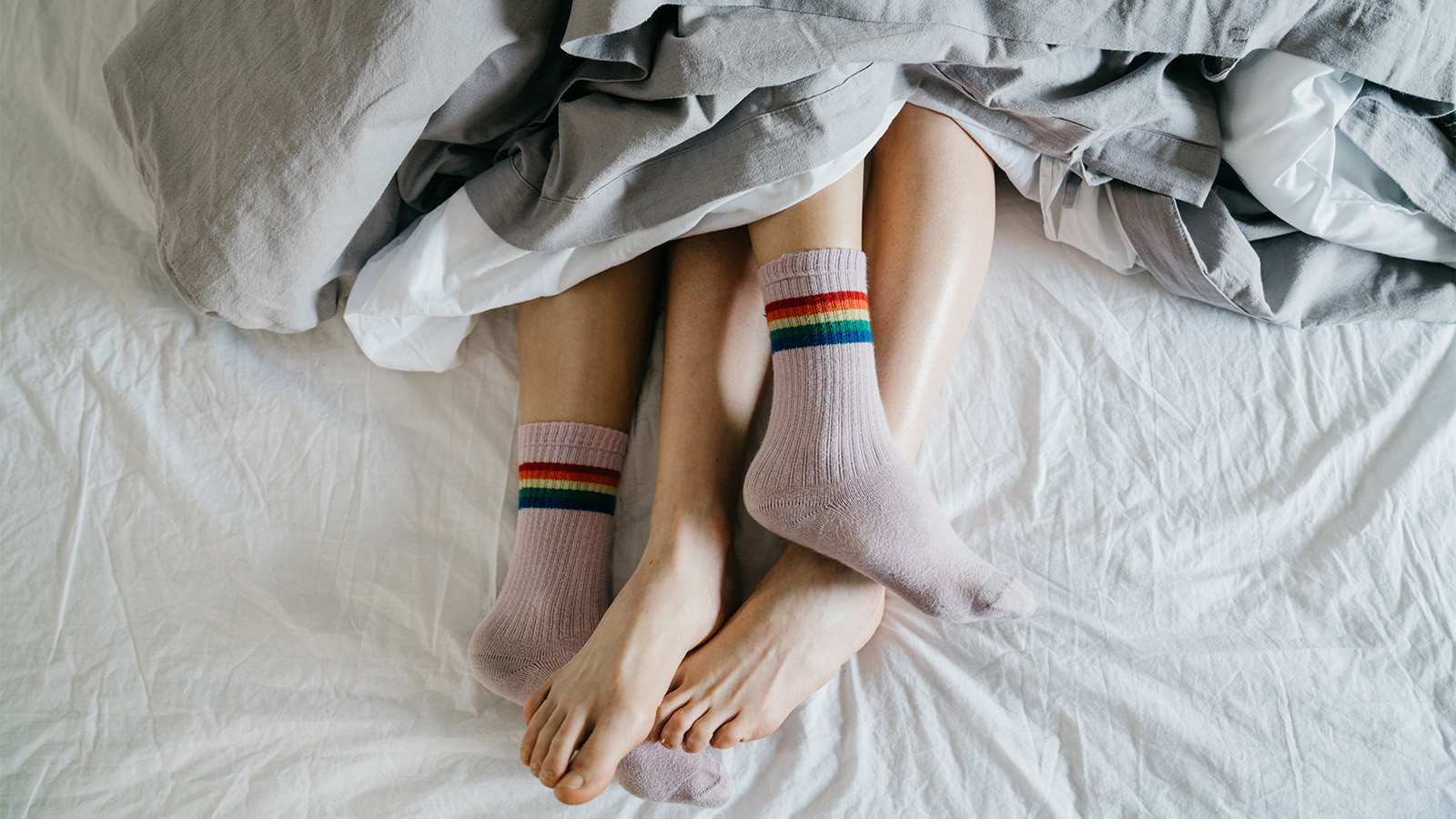
Sexual Health FAQs: The Questions Everyone’s Too Embarrassed to Ask

3 Reasons Why Now's the Time to Find Relief From Varicose Veins

How to Get and Stay Healthy This Fall

How to Reverse Prediabetes and Prevent Type 2 Diabetes

6 Ways to Get More Out of Your Daily Walk

Young Breast-Cancer Survivor Has New Hope for Healthy Future

HeartTalk Magazine

What To Know About Vaginal Discharge During Pregnancy

Is Cancer Hereditary? What You Need to Know About Your Genetic Risks

Tara's Story: From Debilitating Uterine Fibroid Pain to a Half-Marathon Medal

Is Your Post-Pregnancy Belly Bulge a Sign of Diastasis Recti?

Your Guide to Mammograms: When to Get Screened and What to Know

The Top 10 Foods That Boost Your Brain Health
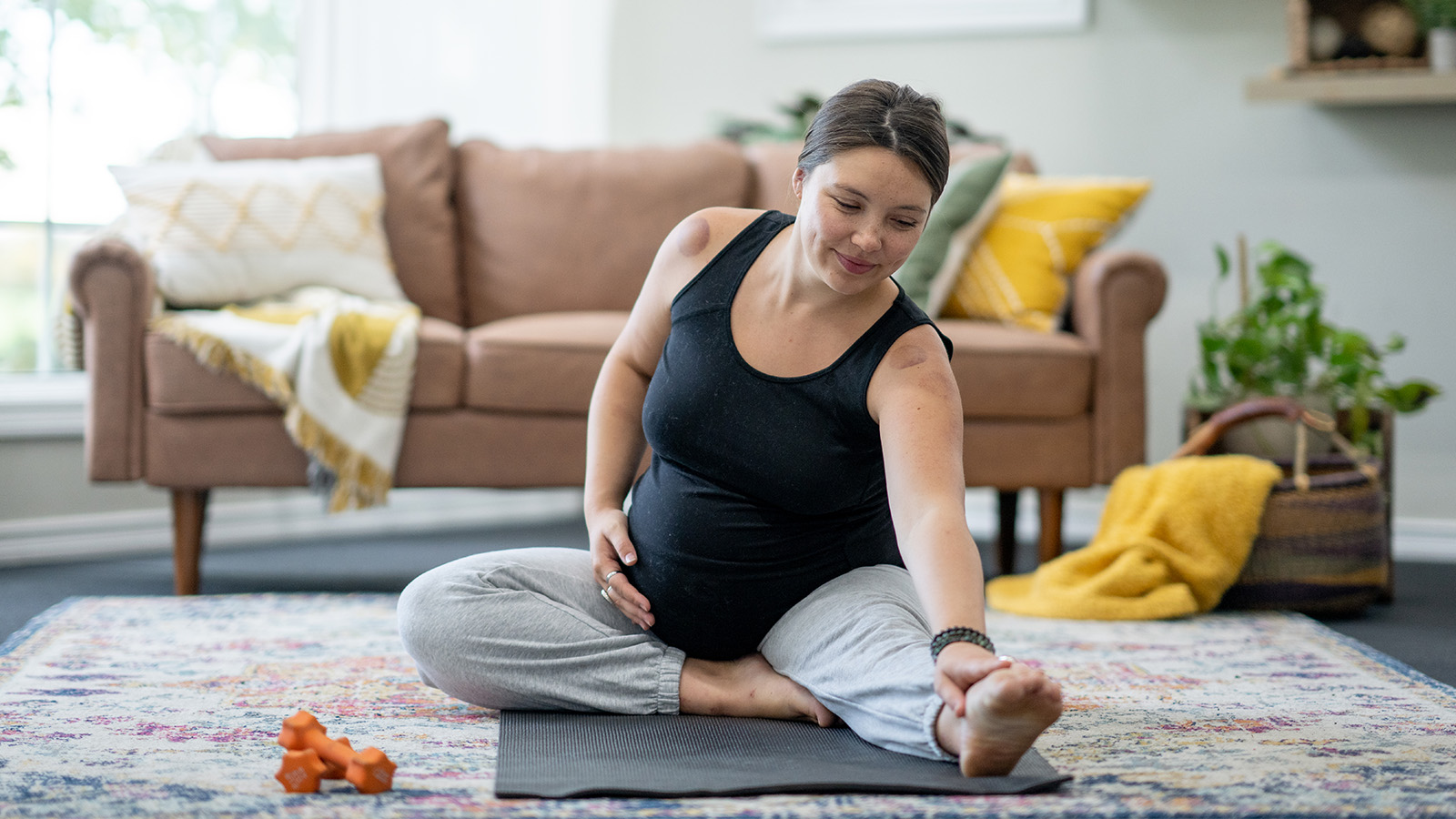
Is It Safe to Exercise During Pregnancy?

Prevent Yard Work Injuries: Tips for Mowing, Gardening, and Raking

Healthy Weight Gain During Pregnancy: A Guide for Moms-to-Be

How to Curb Nighttime Snack Cravings

Is Your Daily Walk Making You Really Sore?

IBS and Alcohol: Can You Still Enjoy a Drink?

'Feeling Joy Again': ECT Brain Stimulation Therapy Restores Ashley's Well-Being

Not Just for Wrinkles: Botox Injections Promote Improved Bladder Control

Caring Maternity Team Transforms Harley's Pregnancy Crisis Into Lasting Memories

Robotic Hysterectomy, Trusted Care Help Bobbi Shine Again

Easy, Healthy Lunch Ideas for the Beach
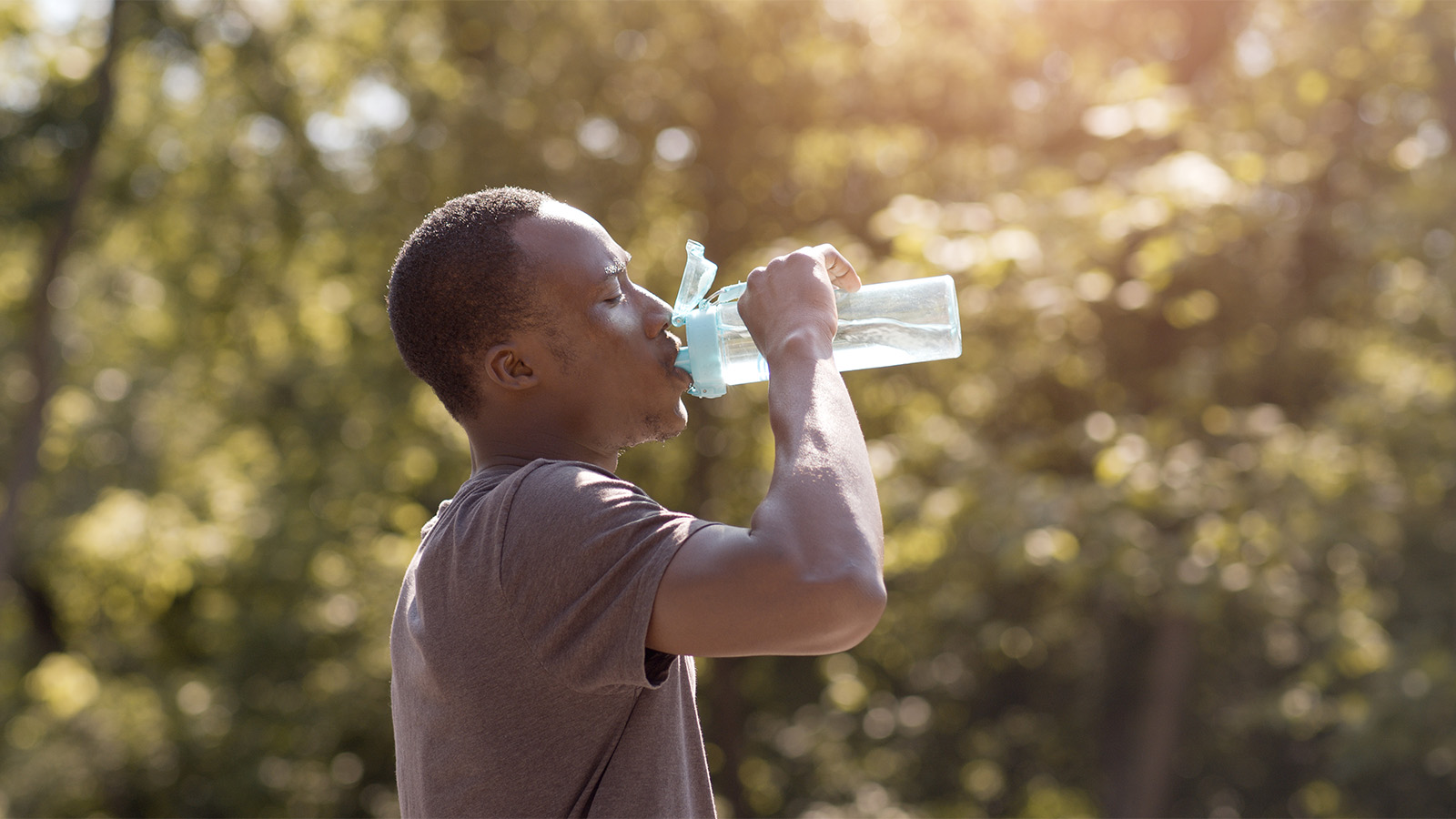
How to Stay Cool and Prevent Heat Illness All Summer Long
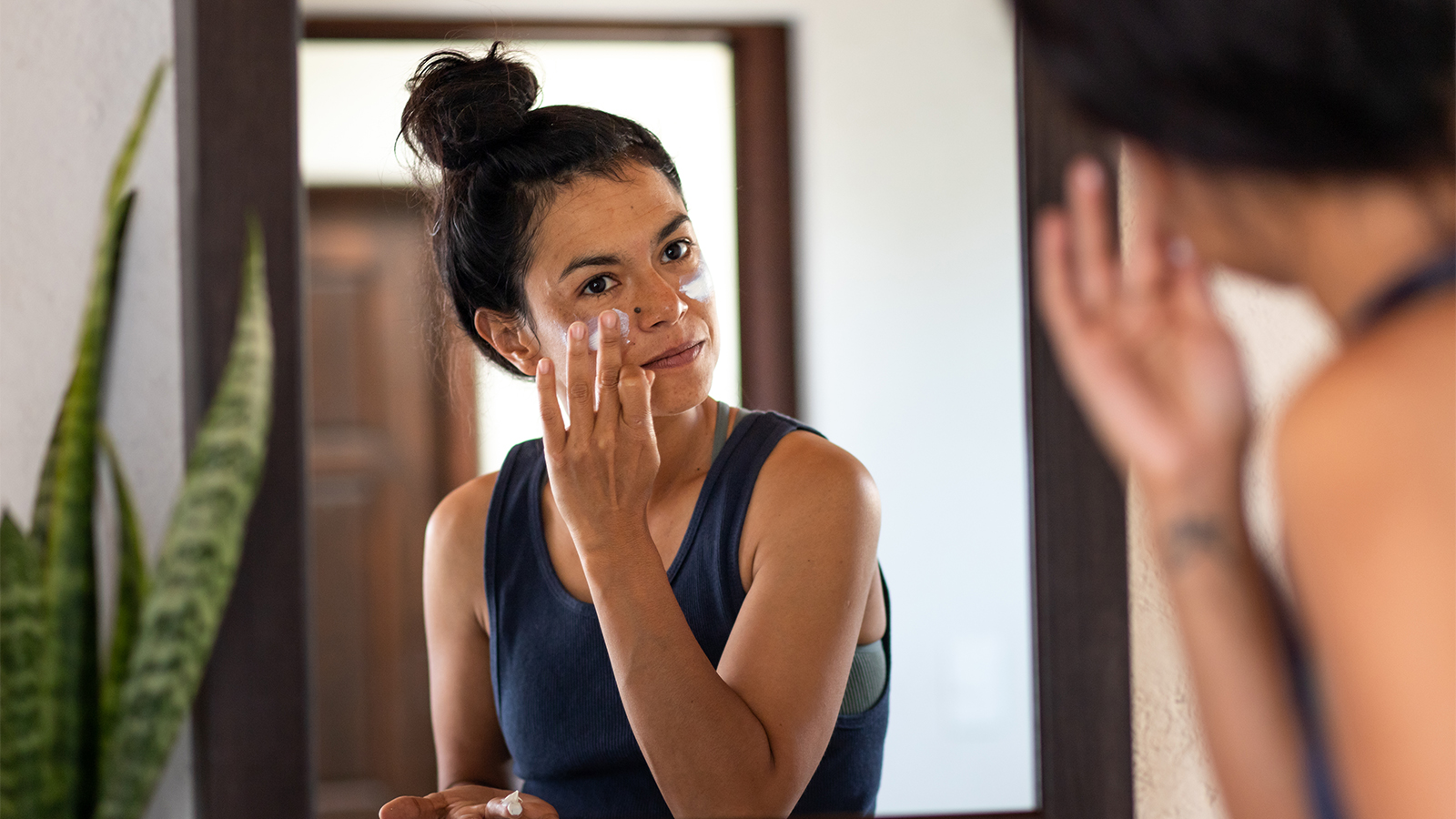
Do Not Get Burned by These Sunscreen Myths

Beat the Bugs and Save Your Summer

How to Have a Healthy Pregnancy if You're Overweight

Why You Get Sick on Vacation (and How to Stay Healthy While Traveling)

6 Hot Tips for a Safer Summer

4 Surprising Health Truths You Should Know

5 Interesting Facts About Your Heart

Is Low Sex Drive Normal? Revealing the Complex Causes of Low Libido in Women

CABG Surgery: What Women Should Know About Heart Health and Healing

5 Feel-Good Activities to Explore Around South Jersey

Stress Incontinence vs. Urge Incontinence: What's the Difference?

3 Changes You Can Make Today to Lower Your Cancer Risk
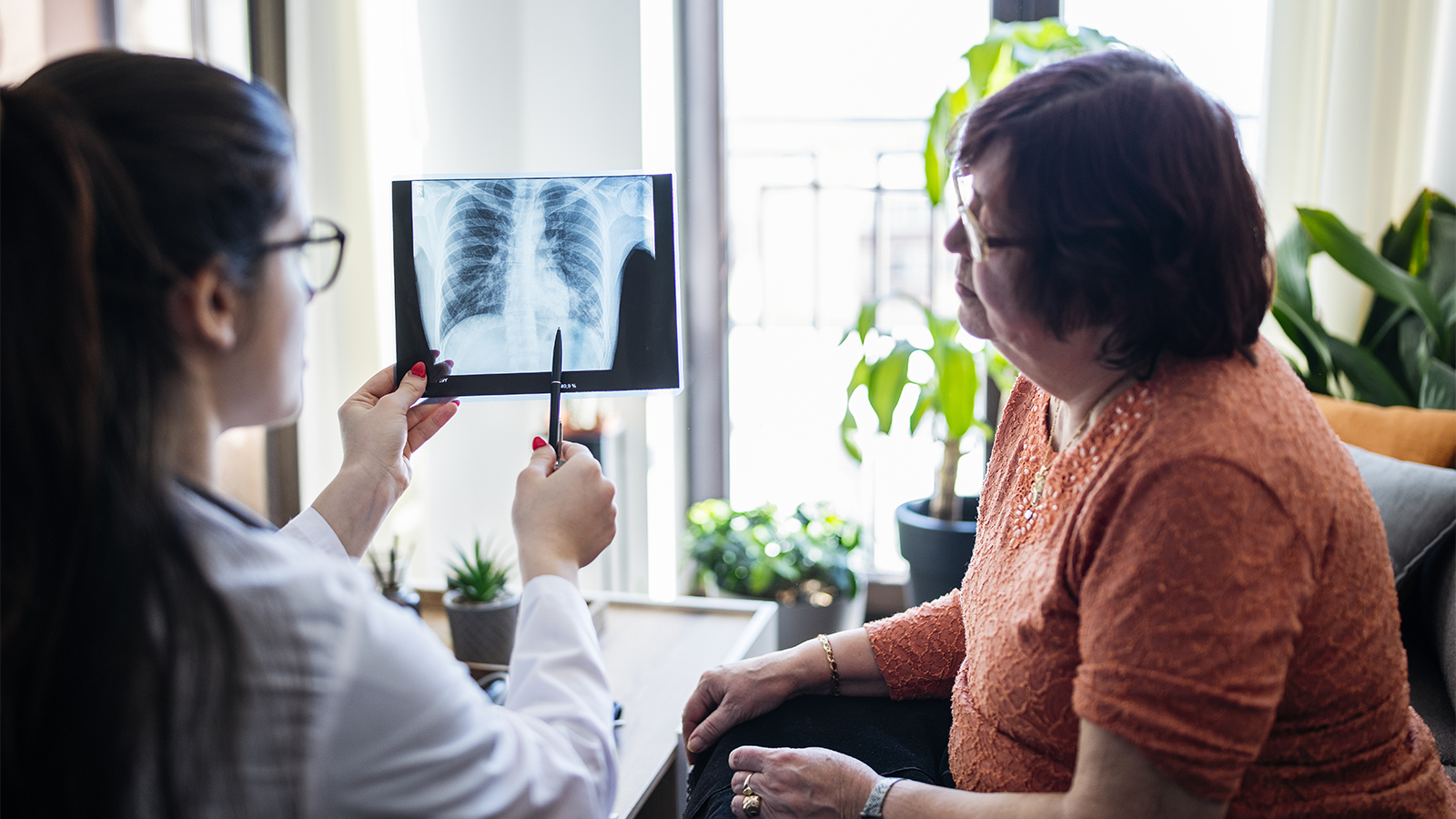
A Lung Cancer Screening Could Save Your Life

Take Pride in our Health: Must Dos for LGBTQ+ Preventative Care

4 Foolproof Pelvic Floor Strengthening Exercises for Women

What to Expect During Perimenopause

Protect Yourself From Tick Bites and Lyme Disease

10 Quick Ways to De-Stress

4 Ways to Stay Fit and Healthy on a Budget

Do You Know the Signs and Symptoms of Uterine Fibroids?

How Are Uterine Fibroids Treated?

Can I Have Sex After a Hysterectomy?
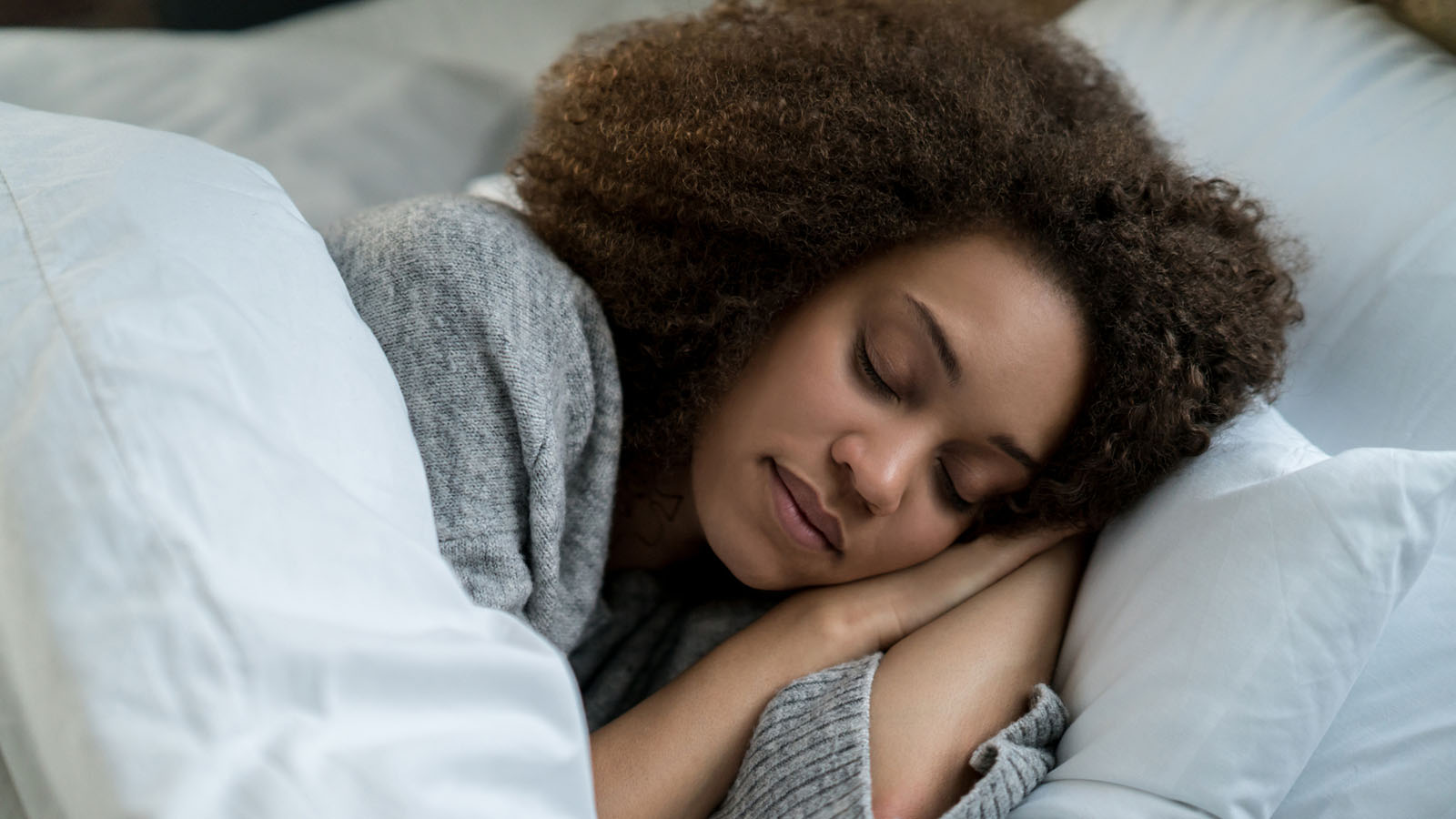
From Restless to Restful: How Movement Improves Sleep

5 Simple Ways to Spring Clean Your Wellness Routine

What to Expect From a Robotic Hysterectomy

When You Need A Hysterectomy Know Your Options

Take Control of Incontinence, Prolapse, and Other Pelvic Floor Disorders

How Can I Prevent Bone Loss and Osteoporosis?

The Truth About Menopause, Weight Gain, and Belly Fat

Shedding Light on Lesser-Known Menopause Symptoms and Solutions

Debunking The Myths About Vaginal Dryness

Best Foods for Kidney Health

What Causes Food Addiction And What Are The Signs

5 Essential Winter Foot Care Tips When You Have Diabetes

Advanced Minimally Invasive GYN Surgery Puts You at the Center of Care

Your 10-Point Plan to Avoid Winter Weight Gain

Colitis Symptoms Under Control, Jennifer Is ‘Living My Best Life’

Be Fast and Spot the Signs of Stroke

Surprising Symptoms May Signal Stroke In Women

8 Key Steps to Better Blood Pressure Control

5 Back Stretches for the Work-From-Home Workweek

The HPV Vaccine: A Powerful Shield Against Cervical Cancer

How Does Breast Density Affect Your Mammogram?

Menopause: New Insights Into the Power of Hormone Replacement Therapy

How to Prevent and Treat Urinary Tract Infections

One New Heart Valve Saves Two Lives in the Tritten Family

6 Numbers Key to Keeping Your Heart Healthy

4 Easy Ways to Treat and Prevent Runner's Knee

Breast Cancer Diagnosis Inspires Catherine to Help Others

Five Mindfulness Tips That Can Help Heal Your Heart
Working from Home? Take a Quick Break to Stretch Your Wrists

Love Your Heart: Essential Care Tips for Every Stage of Life

How Do I Measure My Blood Pressure at Home?

How Do I Improve My Cholesterol Levels?

3 Ways to Reduce Your Stroke Risk

How the Unique Stages of a Womans Heart Affect Her Health

Sarah Wins Back Her Health After Crohn's Disease Diagnosis

A Breast Self-Exam Saved Kristen's Life

How Sex Keeps You Healthy as You Age

Protect Your Child From HPV and Related Cancers

Why IUDs Might Be The Most Effective Birth Control
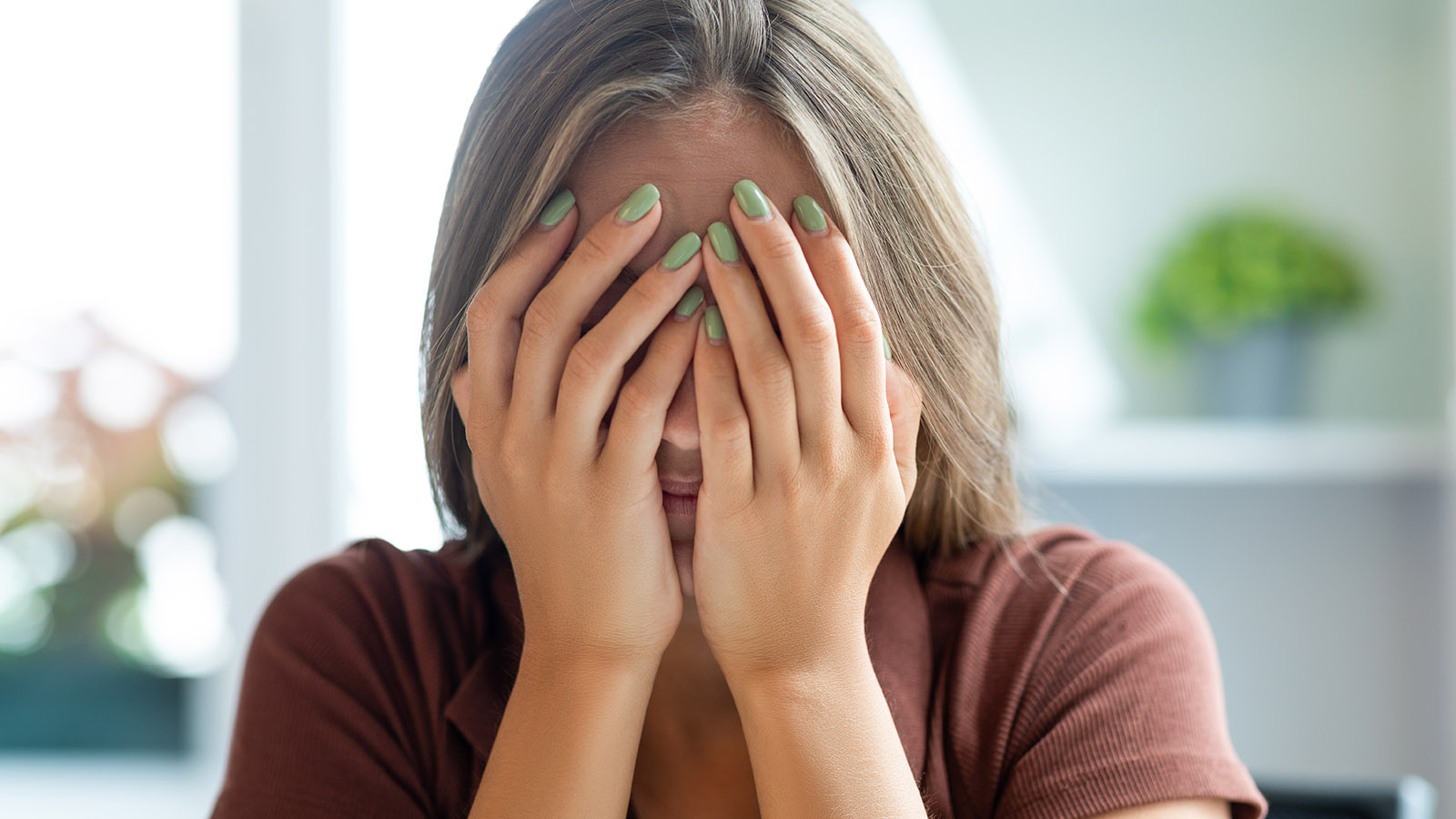
5 Things You're Too Embarrassed to Tell Your OBGYN

4 Not-So-Crazy Questions to Ask Your Doctor

